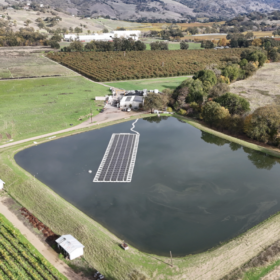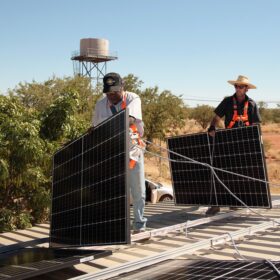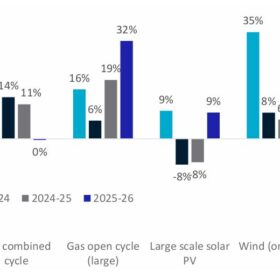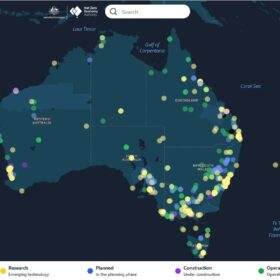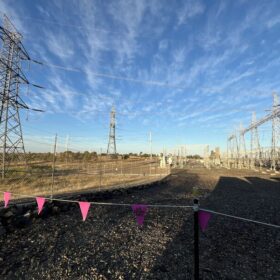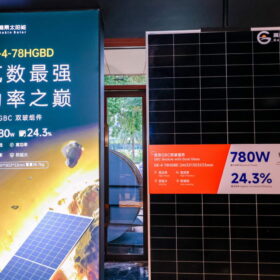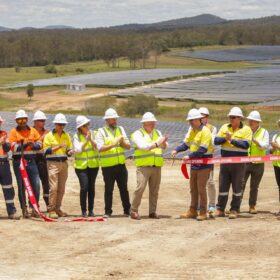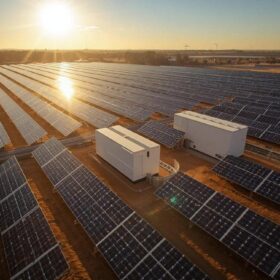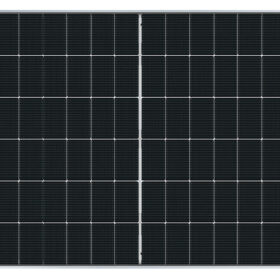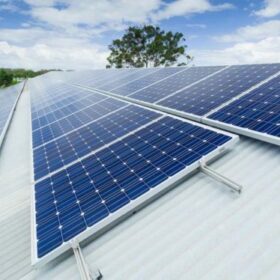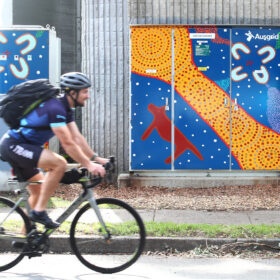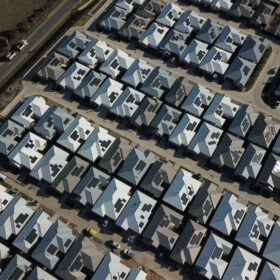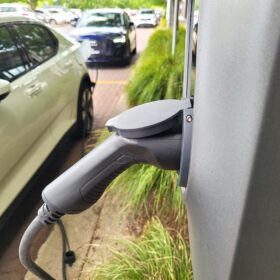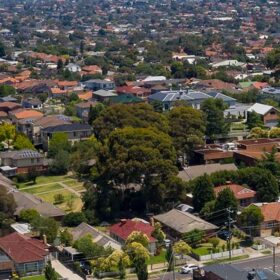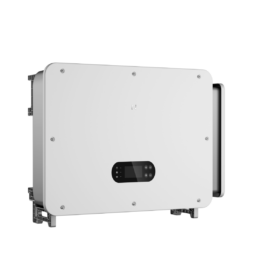California winery runs all operations on floating and rooftop solar
A family-owned California winery has replaced grid electricity with onsite solar generation, reducing power costs and providing a live test site for floating photovoltaic research.
First Nations groups encouraged to work with utilities to achieve solar on every household
First Nations Point Pearce Aboriginal Community in South Australia has negotiated with AGL Energy to have rooftop solar installed on every residents’ home, in a template First Nations Clean Energy Network encourages other communities to follow.
Renewables remain lowest-cost option says CSIRO report
The national science agency’s latest update on the cost of meeting Australia’s future power needs has again found firmed renewables provide the lowest-cost option for electricity generation.
New tool tracks Australian government renewable energy investments
The agency tasked with helping manage Australia’s move to a net-zero economy has launched an interactive map featuring more than 800 Commonwealth-supported utility scale renewable energy and net-zero projects, transmission lines, and industrial projects.
Iberdrola achieves connection milestone for Broadsound solar and battery build
The Australian arm of Spanish energy giant Iberdrola Iberdrola is poised to begin early testing of its Broadsound Solar Farm after Queensland transmission network operator Powerlink energised the grid connection to the 377 MWdc facility ahead of schedule.
Gokin Solar launches new back-contact solar module series
Gokin has launched back-contact solar modules ranging from 480 W to 780 W for residential, commercial, industrial, and utility-scale projects. The series supports 1,500 V systems and reaches efficiencies of up to 24.8%.
Metlen flicks switch on 120 MW Queensland solar farm
Another large-scale PV facility is now operating at full capacity in the Queensland grid after Greek industrial and energy company Metlen Energy and Metals officially activated the 120 MW Munna Creek Solar Farm.
Yanara names Gamuda to deliver massive solar and battery project
The Australian arm of Malaysian engineering group Gamuda has been tapped by renewables developer Yanara to deliver a 360 MW solar farm and 600 MWh battery energy storage project in southwest Victoria.
Astronergy launches 750 W anti-dust TOPCon solar module
The Chinese manufacturer said its new Astro 7 TOPCon module features an innovative self-cleaning frame and a power conversion efficiency of 23.2%.
Queensland rooftop solar rebates throw cost of living lifeline to renters
The Queensland government has launched its Supercharged Solar for Renters program which provides eligible landlords with rebates of up to $3,500 to install solar systems on their rental properties anywhere in the state.
